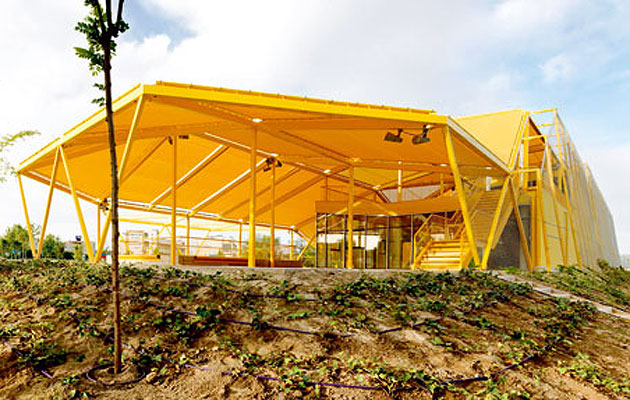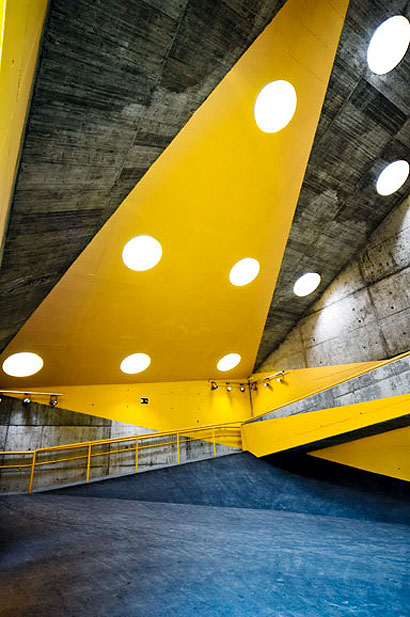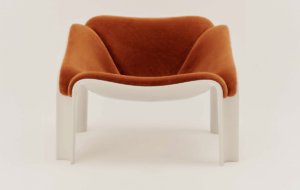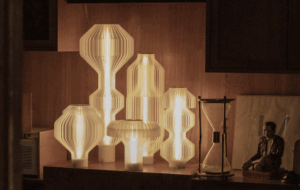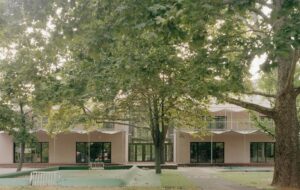|
|
||
|
Rivas, in the hinterland of Madrid, is not the ideal place for a kindergarten. “When we saw the area, which is very much industrial with trucks driving all day long, we were shocked,” says Belinda Tato Serrano, partner of local architecture practice Ecosistema Urbano. “So the challenge here was to build something appealing, noise-free and sheltered.” The resulting building, Plaza Ecopolis, is surrounded by a landscaped buffer zone of parkland, but it’s not hidden away. A bright yellow steel frame and canopy is stretched over the inner concrete buildings, sheltering an intermediate “inside-outside” public space – another protective layer between the interior and the surroundings. “One of our main obsessions is public space and how to create the commons, even if we are creating private space,” says Jose Luis Vallejo, also a partner at Ecosistema Urbano. “The building is taking care of the public space around it.” This care-taking is quite literal: the parkland will be kept green with water reclaimed from the building, purified naturally and stored in a pool on the grounds. This is just one of a number of ecological features in the “Ecopolis”: the canopy, for instance, also provides passive shading. But what’s really pleasing about Plaza Ecopolis is the way it manages to be green without going in for Teletubby aesthetics or skulking behind berms and under a sedum roof. Instead, it’s brash, confident and even jolly while still nodding to its industrial context. The skeletal steel and the exposed concrete formwork of the interiors are as much a result of cost concerns as aesthetic aims, but still make for an exciting result. “Usually environmental architecture is about renouncing something, and we think this is an opportunity to be positive,” says Vallejo. “We have to educate the next generation in better practices; usually buildings hide lots of things related to their function and their use of resources. We are trying to make these issues more transparent to the kids and their families.”
credit Javier de Paz |
Image Emilio P Doiztua
Words William Wiles |
|
|
||

